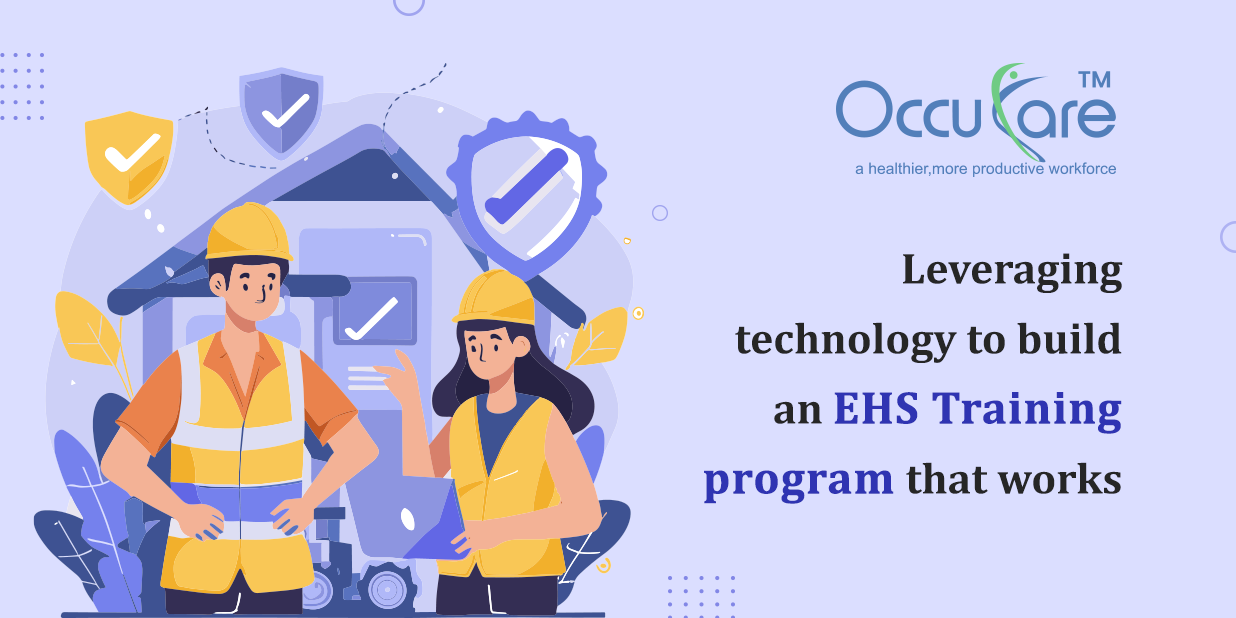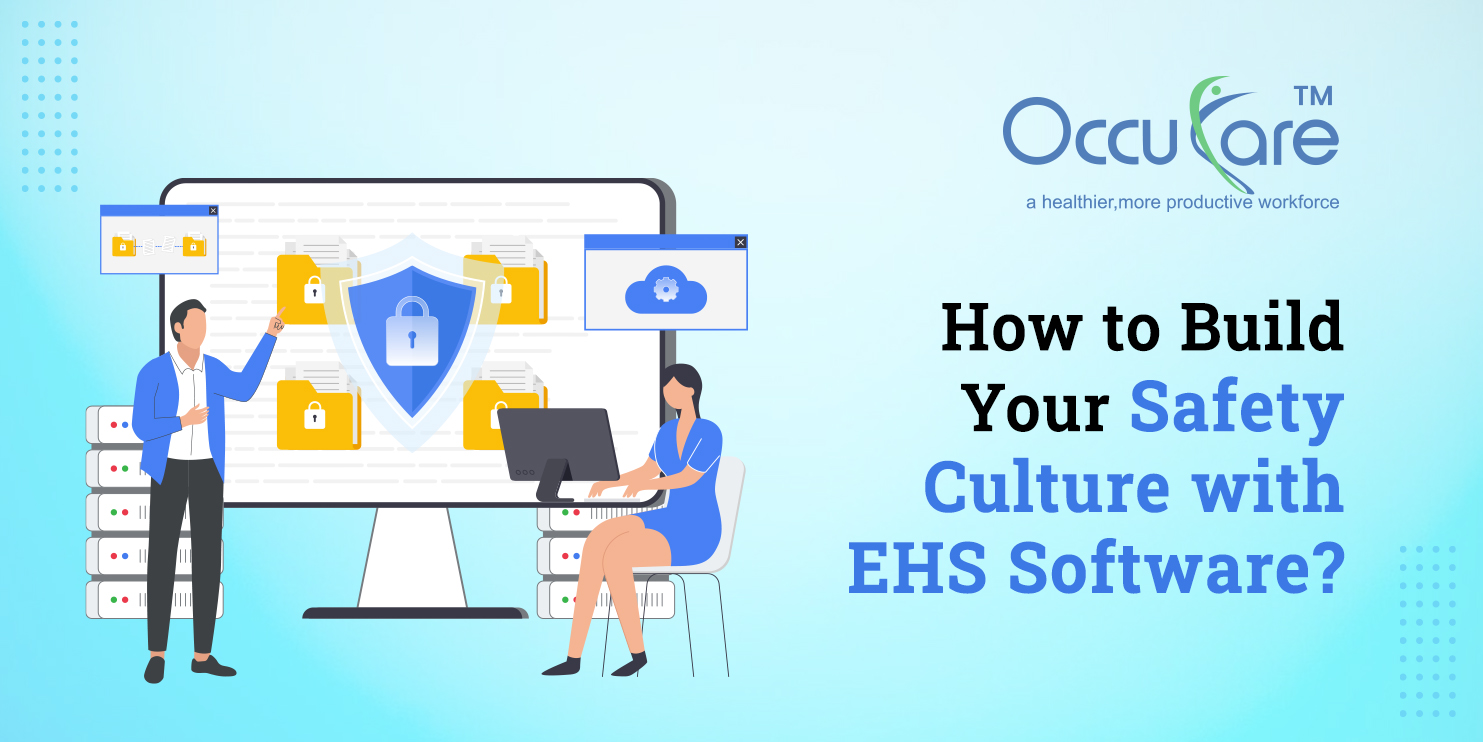Setting a high priority for Environmental, Health, and Safety (EHS Training Program) measures is not only required by law but also morally right in the quickly changing industrial landscape of today. Strong EHS training programs are essential for companies that want to comply with regulations while maintaining moral principles. But when it comes to producing meaningful outcomes, conventional training techniques frequently fall short. Technology is here to transform everything about EHS training.
Need for Innovation in EHS Training Program:
In today’s world of rapid change, innovations in Environment, Health, and Safety (EHS Software) training are becoming more and more important. The types of risks and hazards that arise in the workplace vary as industries grow and technologies improve. Conventional EHS training Program, which sometimes depend on written materials or static presentations, may find it difficult to handle these changing difficulties.
In the past, employees have thought of EHS training Program as a tedious task that involves long lectures, dull presentations, and out-of-date materials. This strategy is unable to properly engage participants and is not flexible or scalable enough to handle a variety of occupational dangers. Moreover, firms face substantial administrative costs when training records and compliance paperwork are manually tracked.
In the face of these obstacles, technological integration shows promise and provides game-changing ways to improve the effectiveness of EHS training initiatives. All things considered, the need for innovation in EHS training stems from the necessity to adjust to changing workplace dangers, improve training efficacy. And satisfy the demands of contemporary work environments.
Harnessing the Power of Electricity:
1. Interactive Learning Modules:
The development of interactive learning modules that captivate students and promote active learning is made possible by technology. By means of immersive simulations, gamification components, and multimedia content, staff members can enhance their comprehension of intricate ideas and assimilate essential safety protocols. Interactive modules promote a culture of ongoing learning and engagement in addition to improving information retention.
2. EHS Software Solutions:
The development of interactive learning modules that captivate students and promote active learning is made possible by technology. By means of immersive simulations, gamification components, and multimedia content, staff members can enhance their comprehension of intricate ideas and assimilate essential safety protocols. Interactive modules promote a culture of ongoing learning and engagement in addition to improving information retention.
3. Virtual Reality (VR) and Augmented Reality (AR):
With the introduction of VR and AR technologies, realistic training scenarios can now be simulated. Virtual reality and augmented reality (VR and AR) training improves situational awareness and decision-making skills by immersing participants in virtual environments that present potential hazards and emergencies. By providing a secure and regulated setting for emergency response practice, these technologies help increase readiness and lower the number of workplace accidents
4. Mobile Learning Platforms:
In a time of distributed teams and remote work, mobile learning solutions provide unmatched flexibility and accessibility. Workers can use their tablets or smartphones to participate in EHS training sessions, removing geographical constraints and meeting a range of schedule requirements. Just-in-time learning is made possible by mobile platforms. Which give workers access to pertinent knowledge at the exact moment they need it. This improves workplace safety procedures.
Benefits of Technology-Driven EHS Training:
1. Improved Engagement and Participation:
Technology-driven EHS programs draw participants in by making training sessions interesting, approachable, and participatory. When given dynamic and engaging content, employees are more likely to actively participate in training sessions. Which increases knowledge retention and application in real-world circumstances.
2. Enhanced Compliance and Documentation:
EHS software solutions ensure accuracy and completeness by automating the tracking of certificates, training records, and compliance paperwork. With ease, organizations may produce thorough reports and audit trails that show regulatory compliance and industry standards adherence. Additionally, digitizing paperwork makes data retrieval during audits easier and lowers the possibility of errors linked to manual record-keeping.
3. Cost Efficiency and Scalability:
While venue rents, instructor fees, and printed materials can add up to a lot of money for traditional training methods, technology-driven EHS training programs provide good value. Digital training modules can be created and then repeatedly implemented to meet the needs of an expanding workforce without adding to the costs. Scalability also makes it possible to modify training curricula to satisfy the changing needs of businesses of all kinds.
4. Real Time Performance Monitoring:
EHS software systems give managers instant access to real-time data on worker performance, enabling them to spot problem areas and quickly fill up training gaps. Organizations may monitor key performance indicators, assess the efficacy of training. And make data-driven decisions to improve overall safety performance by utilizing dashboards and analytics tools. Early intervention and preventive measures are made possible by proactive monitoring. Which lowers the risk of accidents and injuries at work.
Conclusion:
Innovation is the foundation of advancement, and this also holds true for the field of EHS training. Organizations can reduce risks, protect employee health. And promote a culture of safety excellence by utilizing technology to create dynamic and efficient training programs. Using VR/AR, mobile learning platforms, EHS software, and interactive learning modules enables enterprises to address the changing needs of workplace safety and adapt to changing environments.
Let’s embrace the revolutionary power of technology to reshape the EHS training landscape as we set out on our journey towards a safer and healthier future. By working together, we can create resilient workplaces where each worker is empowered to put safety first, follow best practices, and support an ongoing culture of development. Adopting technology-driven EHS training programs is an investment in the success, safety, and well-being of companies as well as their workforce, not simply in compliance. Through adopting the EHS training of the future, we can transform workplace safety and create a safer, better future for everybody.





